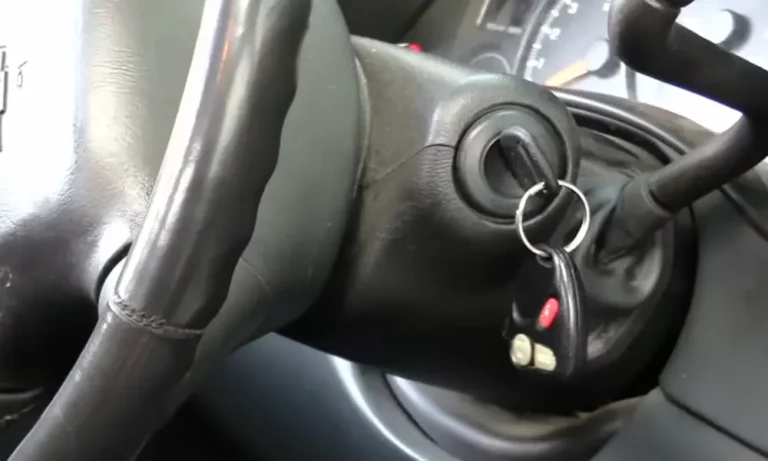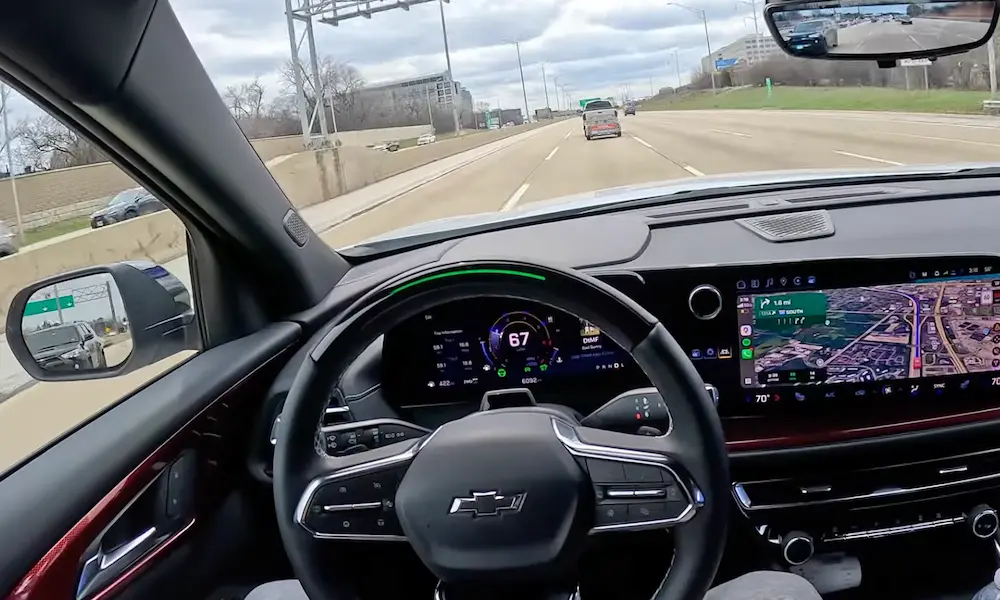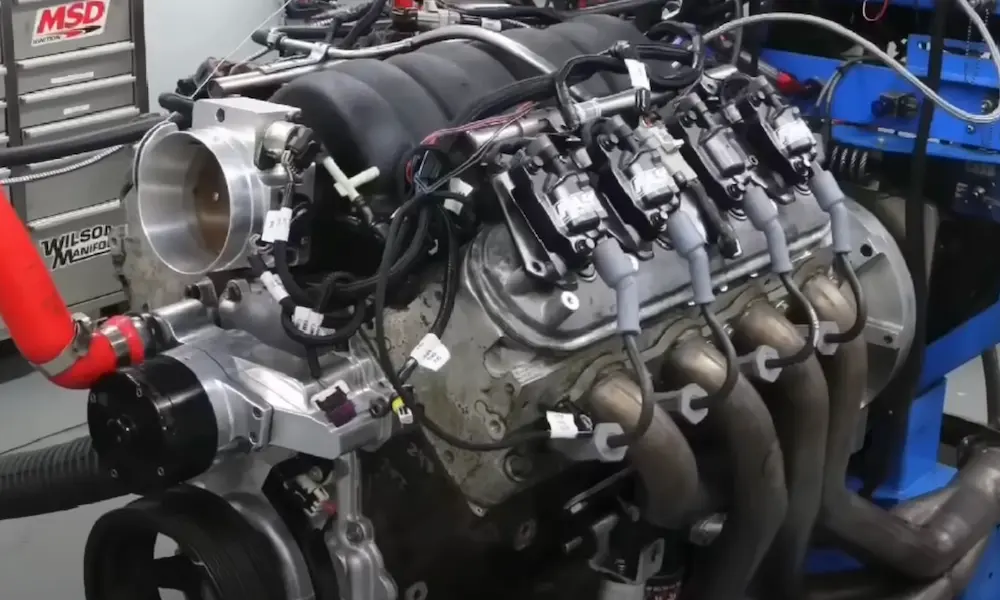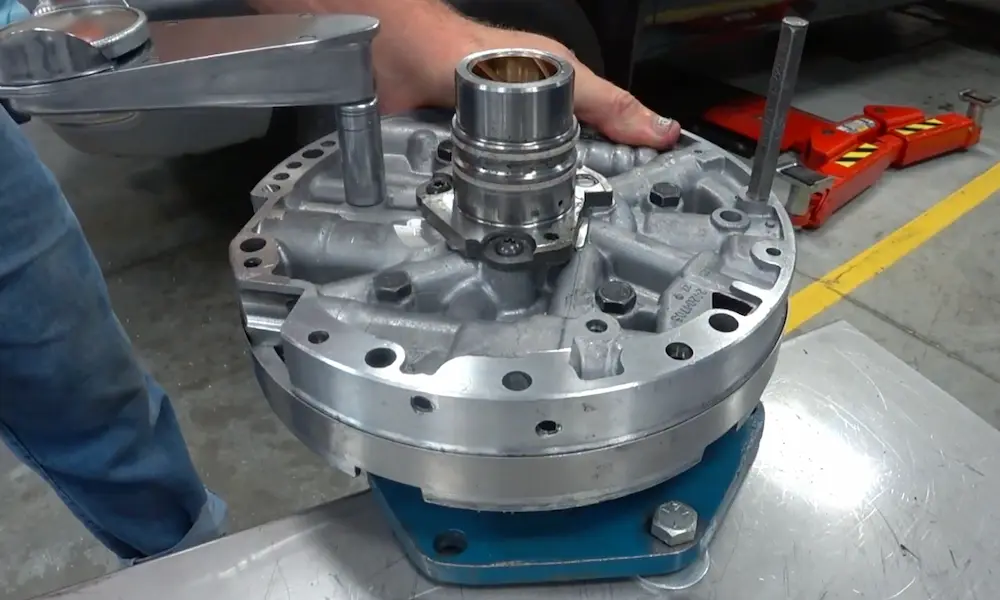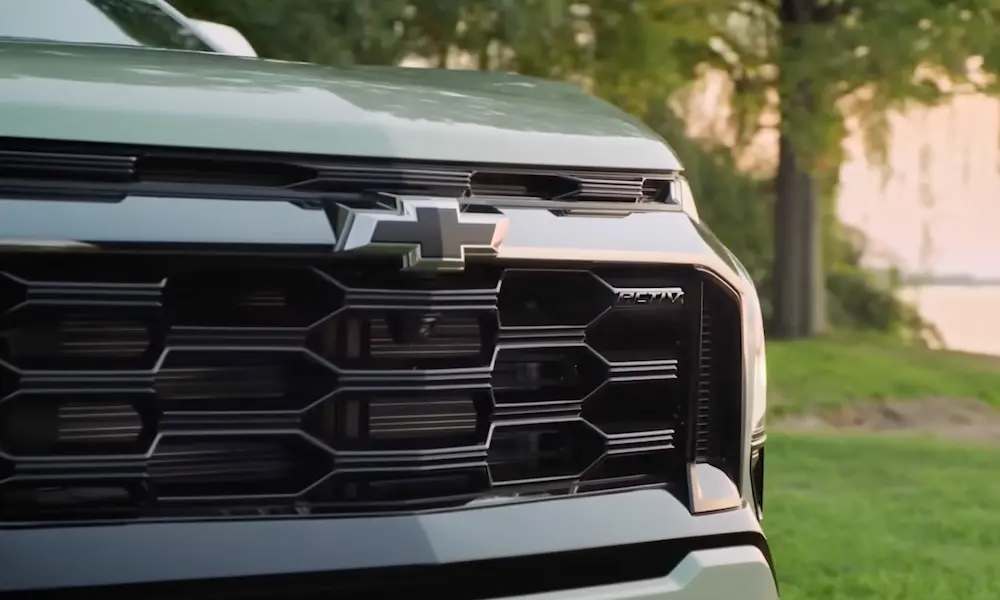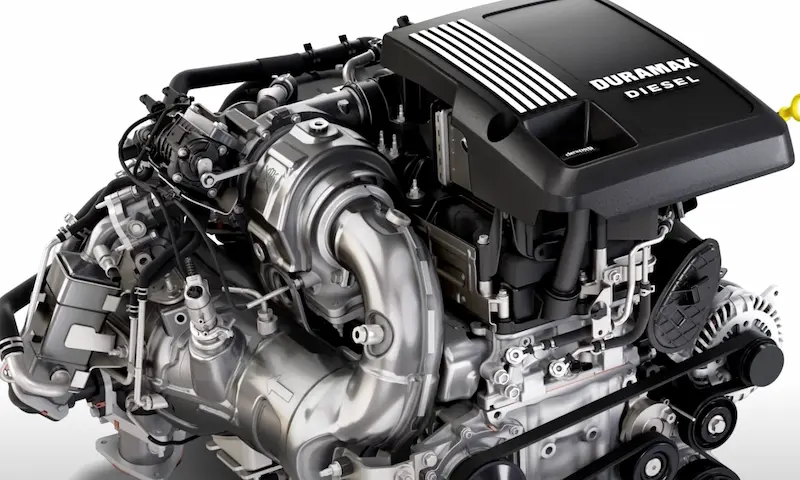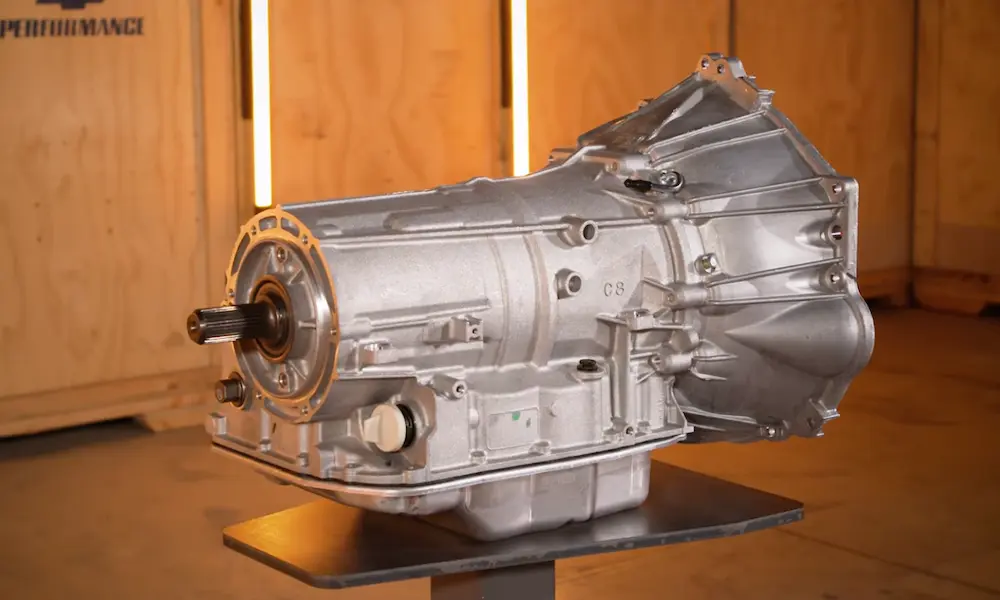Getting your Chevy key stuck in the ignition can be frustrating. Simply understanding that you might fix it by wiggling the key or turning the ignition power back on gives you a quick and easy solution. Imagine saving time, money, and stress by resolving this issue yourself. Curious about other tricks? Dive into our guide to explore more ways to free your key and get back on the road.
Understanding the Ignition System
The ignition system in your Chevy is crucial to start and operate your vehicle. Knowing its components and how it works can help when issues like a stuck key arise.
Components of the Ignition System
The ignition system includes several key parts. The ignition cylinder is where you insert your key to start the car. It interacts with the other components to initiate the combustion process. Another important part is the ignition switch, which sends signals to power electrical systems and start the engine. Additionally, your system consists of spark plugs, which ignite the fuel-air mixture in the engine cylinders. Without these components working together, starting your car would be impossible.
Understanding these parts can help you recognize where problems might occur. For example, if your key is stuck, it could be due to issues with the ignition cylinder or switch. Knowing these details allows you to take more informed steps when seeking repairs or assistance.
How the Ignition System Works
The ignition system’s primary job is to ignite the air-fuel mixture in your car’s engine. When you turn your key in the ignition cylinder, it activates the ignition switch. This action sends an electrical signal to the starter motor, which then turns the engine’s crankshaft. As the crankshaft turns, it moves pistons up and down, compressing the air-fuel mixture.
Once compressed, the spark plugs fire, igniting this mixture. The explosion pushes the pistons, generating the power needed to turn the engine’s wheels. It’s a chain reaction that keeps your car moving. If there’s an issue, like a dead battery or faulty ignition cylinder, this process can be disrupted, causing problems like a key getting stuck. Understanding this process can help diagnose and fix issues efficiently.
Common Reasons for a Key Getting Stuck
When your key gets stuck in the ignition, it can be a frustrating experience. Understanding the specific causes can help you address the issue more easily. This includes factors like steering wheel locks, worn keys, and ignition cylinder problems.
Steering Wheel Lock Engagement
Sometimes, the steering wheel lock engages, preventing you from removing your key. This typically happens when you turn off your car with the steering wheel turned.
If the wheel moves, it might shift the lock into place. Gently move the steering wheel side to side while trying to turn the key to release it. This can relieve pressure on the ignition and allow the key to come out.
Many vehicles have this feature as a theft deterrent, adding an extra layer of security. So, next time your key is stuck, check if the steering wheel lock is causing the issue.
Worn Out Key Problems
Over time, your key can become worn. Daily use wears down the grooves of your key, making it harder for the ignition cylinder to grab it properly.
If your key is visibly worn or bent, this might be the culprit. A worn key may not turn smoothly or might even get jammed.
It’s a good idea to have a spare key and to use it if your regular key seems worn. Replacing a worn key is a simple fix that can save you a major headache down the line.
Issues with the Ignition Lock Cylinder
The ignition lock cylinder itself can be a common source of problems. If dirt, debris, or rust accumulate in the cylinder, it can hinder the key’s movement.
Turning the key in stuck situations can create small metal shavings that worsen the problem. When inserting the key, listen for grinding noises that suggest damage inside the cylinder.
If this happens, you might need to clean or replace the cylinder to avoid future issues. Keeping the ignition clean can help maintain its smooth operation.
Electrical System Faults
Sometimes, electrical issues can prevent your key from being removed. Various components like sensors in the ignition system or anti-theft systems can malfunction.
Specific warning lights on your dashboard might indicate such issues. The ignition relies partly on electrical signals, so any interruption can cause a malfunction.
Consulting a mechanic may be necessary to diagnose electrical problems. They can reset or repair electrical components to solve the issue. Keeping electrical systems checked regularly can prevent such situations.
A Dead Battery Situation
A dead battery can also leave your key stuck in the ignition. With no power, the car’s electrical system might lock the key in place.
This situation is common in newer cars that use electronic ignition systems. If your battery is dead, jump-starting the car is a temporary solution.
Using a battery maintainer or regularly checking your battery’s health can help avoid this problem. Keeping jumper cables handy ensures you’re prepared for unexpected battery failures. Remember that maintaining a healthy battery extends your car’s overall reliability.
Initial Steps to Take
Getting your Chevy key stuck in the ignition can be frustrating. Knowing what to do can help you fix this issue quickly. Here are a few steps to assist you in dealing with this situation effectively.
Attempt to Jiggle the Key
If your key is stuck, gently jiggle it. This can help release it if it’s caught in the ignition. Be careful and don’t use too much force to avoid breaking the key.
Wiggling the key slightly while turning it can also work. It helps align the pins inside the ignition. This simple movement can sometimes be enough to free your key safely without causing any damage to the ignition system.
Check for Steering Wheel Lock
Sometimes, the steering wheel lock can cause your key to get stuck. Turn the steering wheel left and right gently. Check if it’s locked in place. While doing this, try turning the key in the ignition.
This should release the key if the wheel lock was the cause. If the steering wheel is locked, it’s likely a security feature that’s engaged when the wheel gets bumped. Unlocking it might solve the problem and free your key.
Using a Spare Key
Using a spare key could be an easy fix if your primary key is worn out. A spare key might help turn the ignition smoothly. This can prevent any additional stress on your primary key and ignition.
It’s a good idea to have a spare key available. It allows you an alternative in situations like this. A spare can sometimes bypass a worn key issue, letting you start the car and remove the key with less trouble.
Battery and Electrical Check-Up
A dead battery can cause the key to remain stuck. Check to see if your battery might be dead or if there are other electrical issues. Look for signs like dim lights or electrical components that aren’t working.
If the battery is dead, charge it or get a jump-start. Sometimes, electrical power is needed to release the ignition lock mechanism. Ensuring your battery is charged can help solve key-related problems in your Chevy ignition.
How to Release a Stuck Key
When you encounter a stuck key in your Chevy ignition, it can be frustrating. This section covers techniques to handle this problem, focusing on lubrication, faulty ignition switches, and seized ignition cylinders.
Proper Lubrication Techniques
Using the right type of lubrication can make a big difference when dealing with a stuck ignition key. Graphite powder is a popular choice because it doesn’t attract dust and grime like oil-based lubricants do. To apply, simply sprinkle a small amount of the powder into the keyhole. Gently insert and wiggle the key to distribute the lubricant.
Avoid using heavy oils, as they can gum up the lock over time. Frequent cleaning and lubrication can prevent keys from sticking in the future.
Dealing with a Faulty Ignition Switch
A faulty ignition switch can be another reason for a key getting stuck. If this is the case, you’ll need to determine if the switch needs repair or replacement.
Check for signs like difficulty turning the key, or if it feels loose inside the lock. If the switch is damaged, you might need professional help. Sometimes, simply realigning or tightening components around the switch can do the trick.
In some cases, tapping the ignition gently while trying to turn the key might help. Persistence and observation are key to identifying the exact issue.
Addressing a Seized Ignition Cylinder
The ignition cylinder is another crucial component where a key might become stuck. If the cylinder is seized, it could be due to wear and tear or debris build-up inside.
Start by inspecting the area for visible debris. You can use a can of compressed air to clear out dirt or particles that might be causing the jam. If cleaning doesn’t work, a more serious mechanical issue might be at play, needing professional evaluation.
In some cases, gently rocking the steering wheel while turning the key can help release the tension and free the key. Consider having regular maintenance to prolong the life of the ignition cylinder.

